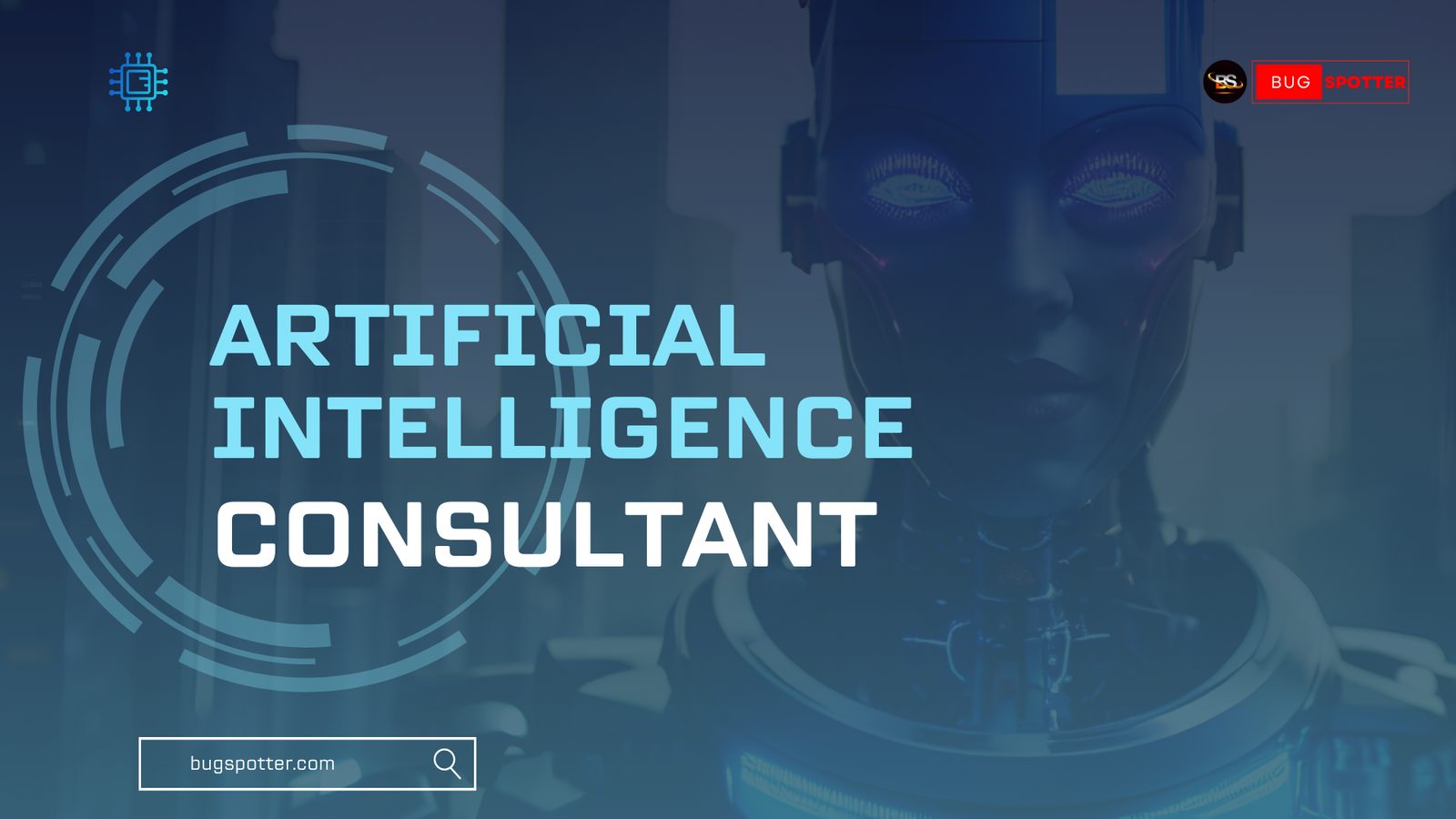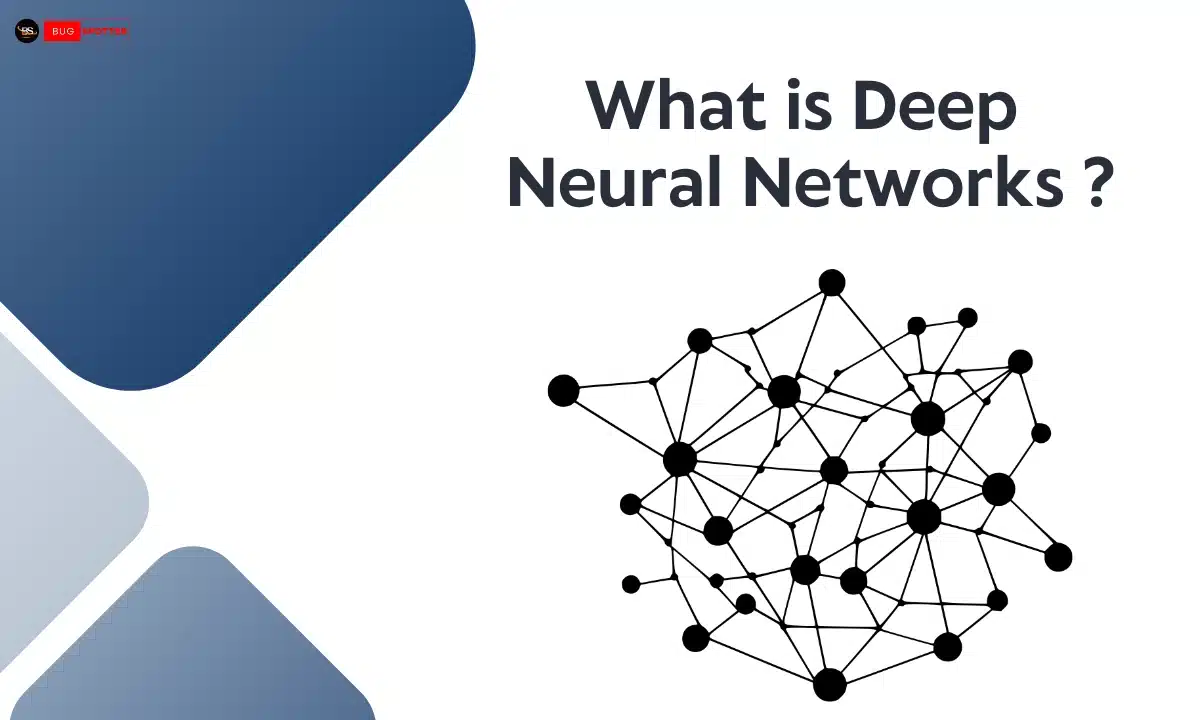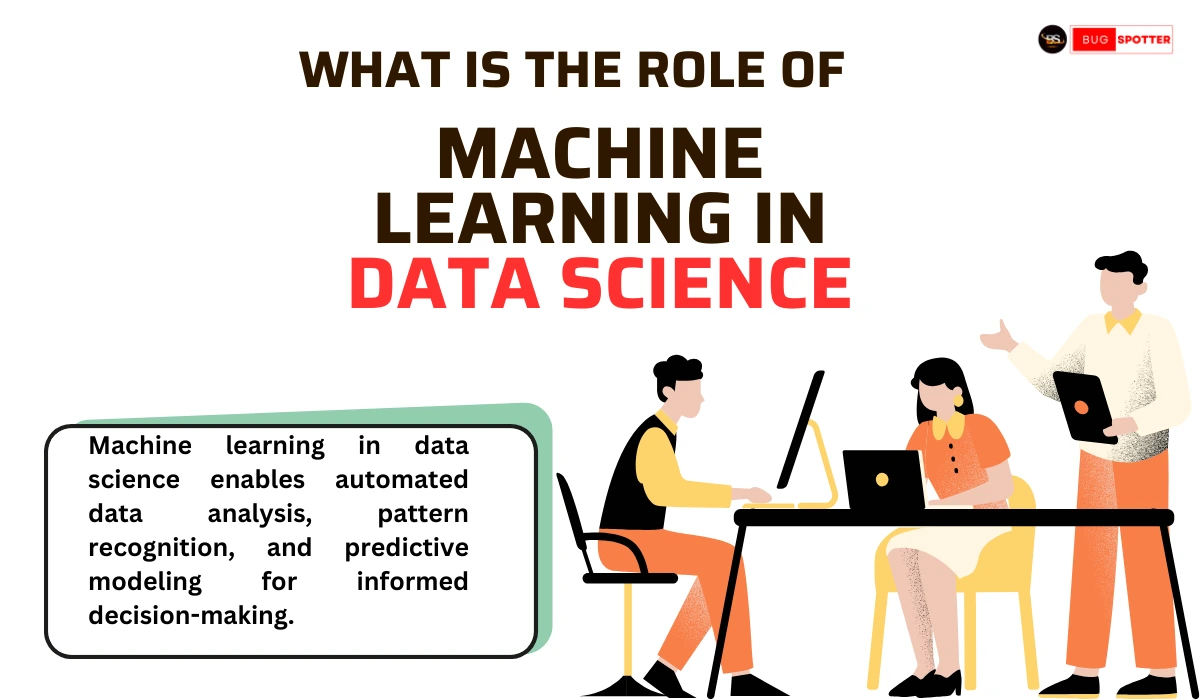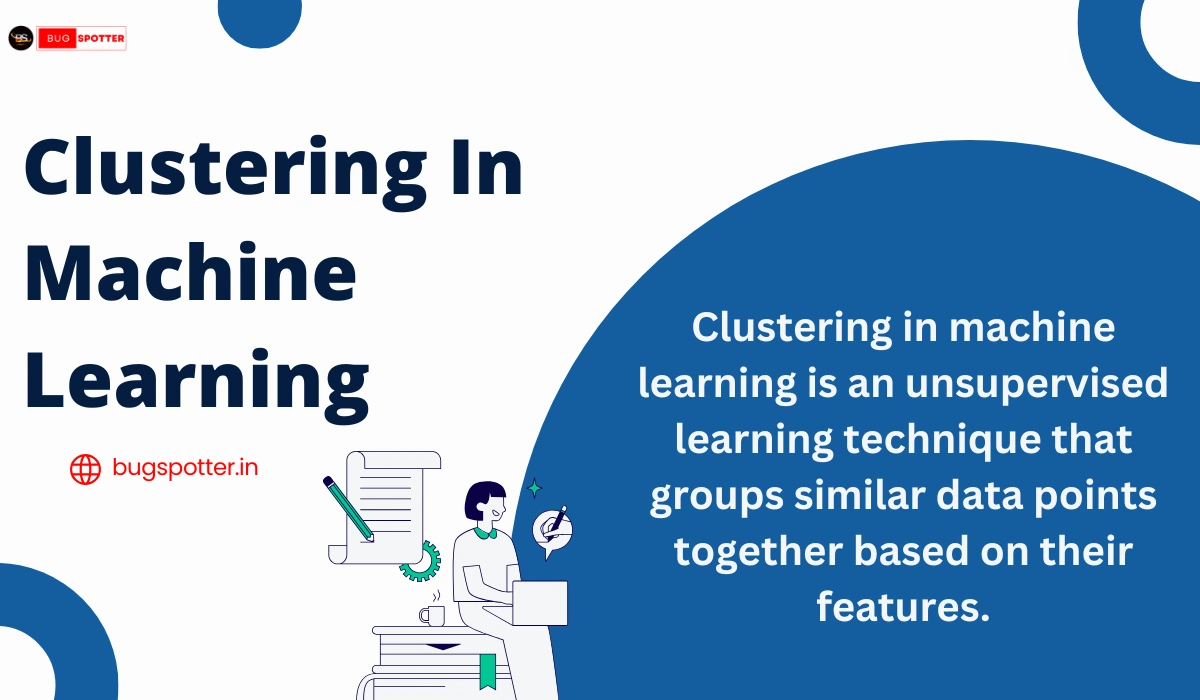Azure DevOps interview questions for Data Engineers
Table of Contents
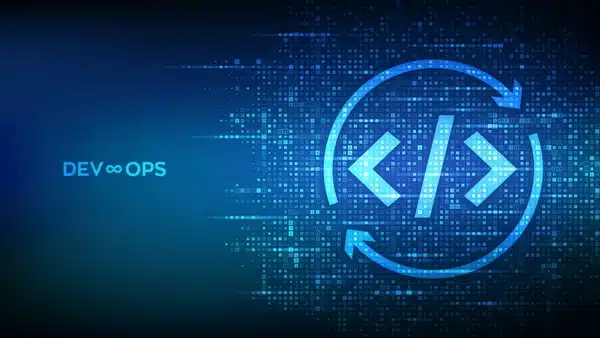

Azure DevOps Interview Questions
1. What is DevOps?
DevOps, short for Development Operations, focuses on integrating processes, people, and products to enhance software development operations. It emphasizes automation, collaboration, iterative improvement, and feedback. Emerging from the Agile methodology, DevOps promotes cross-functional teamwork to accelerate application delivery and optimize workflow.
2. What is VNet?
VNet, or Virtual Network, is a foundational element for building private networks in the cloud. It enables secure communication between virtual machines and applications, offering customization and control over network configurations.
3. What is Infrastructure as Code (IaC) in DevOps?
Infrastructure as Code (IaC) is a DevOps practice that manages and provisions computing infrastructure through machine-readable configuration files, rather than manual setups. This approach promotes consistent, repeatable infrastructure provisioning, reduces errors, and accelerates deployment.
4.What is the update domains feature and its benefits?
Update domains manage hardware and software updates by organizing virtual machines into separate groups. This ensures that only a subset of VMs is affected during maintenance or reboot processes, enhancing high availability and minimizing service disruption.
5.What is the role of Azure Pipelines in Azure DevOps?
Azure Pipelines automates the build and deployment processes, supporting CI/CD practices to build, test, and deploy code across any platform. This ensures faster and more reliable software releases.
6.Can you name 5 DevOps tools?
-
- Jenkins
- Ansible
- GitHub
- Kubernetes
- Docker
7.What are fault domains?
Fault domains refer to groups of virtual machines that share a common power source and network, allowing Azure to minimize the risk of hardware failures and outages by distributing resources across different fault domains.
8.What are Azure Boards?
Azure Boards, part of the Azure DevOps suite, facilitates project management and software development tracking. It offers features like dashboards, reporting, project planning, and collaboration tools, enabling cross-functional teams to work more effectively.
9.How do you handle secrets management in Azure DevOps?
Secrets management in Azure DevOps can be effectively managed using Azure Key Vault, which securely stores secrets, keys, and certificates. It integrates with Azure Pipelines, allowing for safe access to secrets during CI/CD processes without exposing sensitive information.
10.What is the Dogpile effect and how can it be prevented?
The Dogpile effect occurs when a cache expires, leading to multiple simultaneous requests that burden the underlying database or service. To prevent this, implement a locking mechanism that temporarily blocks subsequent requests until the first one completes and refreshes the cache.
11.Can you define continuous integration and continuous deployment (CI/CD)?
Continuous Integration (CI) is a practice where developers frequently integrate their code changes into a shared repository, with automated testing and building to identify issues promptly. Continuous Deployment (CD) builds on CI by automatically deploying all code changes to a testing environment, ensuring the codebase is always ready for release, enhancing agility and reducing time to market.
12.Can you name three best practices in Azure DevOps?
-
- Implement CI/CD Pipelines: Automate code integration, testing, and deployment to improve software quality and speed up release cycles.
- Infrastructure as Code (IaC): Manage infrastructure through code to ensure consistency, version control, and efficient resource usage.
- Agile Processes: Use Agile methodologies, such as Azure Boards, to facilitate iterative development, enhance collaboration, and maintain flexibility.
13.What is Blue-Green Deployment, and how is it used in Azure DevOps?
Blue-Green Deployment is a strategy that runs two identical production environments—Blue and Green. One environment (e.g., Blue) serves live traffic while updates are deployed to the other (Green). After testing, traffic is switched to Green, allowing for quick rollbacks if issues arise.
14.What is the purpose of Azure DevOps Artifacts, and how is it used?
Azure DevOps Artifacts is a package management solution that enables teams to create, host, and share packages efficiently. It supports various formats like NuGet, npm, and Maven, facilitating dependency management and version consistency. It integrates with Azure Pipelines for automated builds and deployments, enhancing the overall DevOps workflow.
15.What is a microservices architecture, and how does it relate to DevOps?
Microservices architecture involves breaking down applications into smaller, loosely coupled services that can be developed, deployed, and scaled independently. This approach aligns well with DevOps practices, as it enhances agility and allows teams to deploy updates more frequently and with less risk.
16.What is containerization, and what role does it play in DevOps?
Containerization involves encapsulating an application and its dependencies within a container, ensuring it runs consistently across different environments. In DevOps, containers facilitate rapid deployment, simplify scaling, and improve resource utilization, enabling teams to deliver software more efficiently.
17.How do you ensure quality in a DevOps pipeline?
Quality in a DevOps pipeline can be ensured through automated testing, code reviews, continuous integration practices, and integrating quality gates at various stages of the CI/CD pipeline. This approach helps identify and address issues early in the development process.
18.What is observability, and why is it important in a DevOps context?
Observability refers to the ability to understand the internal state of a system based on the data it produces, such as logs, metrics, and traces. In a DevOps context, observability is crucial for diagnosing issues, improving system performance, and ensuring reliability in production environments.
19.What is Continuous Testing, and how does it fit into the CI/CD pipeline?
Continuous Testing is the practice of executing automated tests throughout the software development lifecycle, particularly in the CI/CD pipeline. It helps identify defects early and ensures that the software meets quality standards before being deployed to production, thereby reducing the risk of failures in live environments.
20.What is a Service Level Agreement (SLA), and why is it important in DevOps?
A Service Level Agreement (SLA) is a commitment between a service provider and a customer that outlines the expected level of service, including performance metrics and response times. In DevOps, SLAs are crucial for setting clear expectations, measuring service quality, and driving accountability among teams.
21.What is the role of automation in DevOps?
Automation plays a central role in DevOps by streamlining repetitive tasks such as code integration, testing, deployment, and infrastructure provisioning. This reduces manual effort, minimizes human error, accelerates delivery cycles, and allows teams to focus on higher-value activities.
22.Can you explain the concept of “shift-left” testing?
Shift-left testing is a practice where testing is moved earlier in the software development lifecycle. This approach emphasizes the importance of identifying defects as soon as possible, leading to faster feedback, reduced costs, and improved product quality. It encourages collaboration between development and testing teams from the start of the project.
23.What are the differences between a monolithic architecture and microservices architecture?
In a monolithic architecture, the entire application is built as a single unit, making it simpler to develop but harder to scale and maintain. In contrast, microservices architecture breaks the application into smaller, independent services that can be developed, deployed, and scaled individually. This provides greater flexibility, faster deployments, and improved fault isolation.
24.What is a Kanban board, and how is it used in DevOps?
A Kanban board is a visual tool used to manage workflow and track work in progress. In DevOps, it helps teams visualize tasks, prioritize work, and limit work in progress to improve efficiency. The board typically consists of columns representing different stages of the workflow, allowing team members to see the status of tasks at a glance.
25.How do you measure the success of a DevOps implementation?
Success in DevOps can be measured using various metrics, including deployment frequency, lead time for changes, mean time to recover (MTTR) from failures, change failure rate, and customer satisfaction. These metrics help organizations assess the effectiveness of their DevOps practices and identify areas for improvement.
25.What is a DevOps maturity model, and why is it useful?
A DevOps maturity model is a framework that assesses an organization’s DevOps capabilities and practices across various dimensions. It helps teams identify their current state, set improvement goals, and track progress over time. The model typically includes stages from initial adoption to optimized practices, providing a roadmap for continuous improvement.
26.What are the best practices for managing configuration in DevOps?
Best practices for managing configuration in DevOps include using version control for configuration files, adopting Infrastructure as Code (IaC) principles, employing automated configuration management tools, and maintaining a consistent configuration across environments. This helps ensure stability, traceability, and reproducibility of deployments.
27.What is the difference between continuous deployment and continuous delivery?
Continuous Delivery is the practice of ensuring that the code is always in a deployable state and can be released to production at any time, usually through manual deployment. Continuous Deployment takes this further by automatically deploying every change that passes automated tests directly to production, ensuring that updates are released as soon as they are ready.





